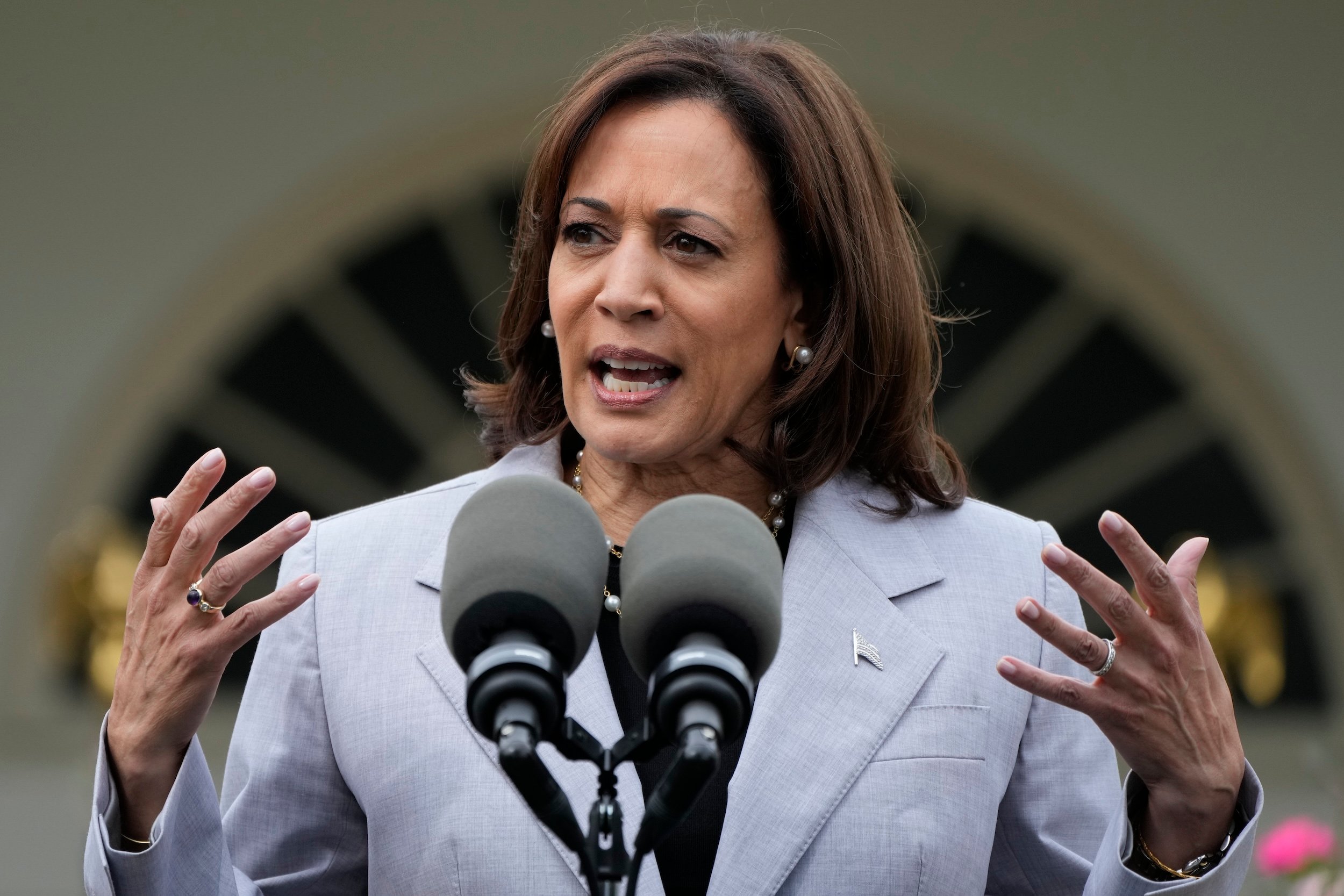What To Know Today
More than a year after George Floyd’s murder, Minneapolis is on track for most homicides in 20 years. The Star Tribune parsed the numbers and the traumatizing effect on residents. Across many markers of gun violence, the city has seen a steep rise compared to the average between 2008 and 2021: shooting reports (+150 percent); gunshot wounds (+87 percent); homicides (+76 percent); shooting scenes (+56 percent); and 911 calls about shots fired (+11 percent). Where the shootings are happening: “The violence is not evenly distributed,” tweeted reporter Andy Mannix. “Most is coming from pockets of five neighborhoods, and in some cases single-block radiuses. These are lower-income and more racially diverse areas. More than ever, Minneapolis is split into two very different living experiences right now.” As violence surged, officers pulled back: A separate investigation from Reuters shows that in the year since Floyd’s killing, the Minneapolis Police Department pulled back street stops of “suspicious” persons and traffic stops by 76 percent and 85 percent, respectively. Meanwhile, the number of people charged with gun violations declined by more than half.
When — and why — public schools call the police. After two students killed 12 classmates and a teacher in the 1999 Columbine school shooting, the federal government granted school districts hundreds of millions of dollars to hire school resource officers. The influx of armed security fell particularly hard on students of color — a phenomenon now known as the school-to-prison pipeline. A new analysis of Department of Education data by the Center for Public Integrity and USA TODAY shows a related phenomenon: Schools referred some 230,000 students to law enforcement in the 2017-18 school year, the most recent year for which data is available, and Black children and students with disabilities were referred at nearly twice their proportion of the student population. In 46 states, Black students were referred at higher rates than the overall rates in each state, and in 31 states, Black students were referred at over twice the rate of white students.
Ghost guns are increasingly flowing into New York City streets. The firearms lack serial numbers, and law enforcement officials nationwide have reacted with alarm at their growth. Deputy Inspector Courtney Nilan tells The New York Times that police recovered 150 last year in the city, up from 48 in 2019 and 17 in 2018. Officers also recovered 75 matched parts that had not yet been converted into fully functioning guns. By last month, police had recovered 120 so far this year — plus another 30 unassembled matched parts — and Nilan expects 2021 to be the highest year on record. New York Governor Kathy Hochul is currently reviewing two laws that passed the state Legislature in June restricting the sale, possession, and manufacture of ghost guns and ghost gun kits.
NRA announces 2021 fall board and members’ meetings. The events were announced over the weekend and will take place on October 2 in Charlotte, North Carolina. The news comes weeks after the National Rifle Association group cancelled its annual convention for the second time in as many years. (H/T to Stephen Gutowski for spotting the news.)
📺Watch: 📺 The Trace’s Alain Stephens was on PBS NewsHour to talk about President Joe Biden’s decision to pull the nomination of David Chipman as director of the Bureau of Alcohol, Tobacco, Firearms and Explosives. The big picture for an ATF that has lacked a permanent head since 2015: “When you look at other federal law enforcement entities, like the FBI, they are able to articulate long-term plans, right?” Stephens said. “For the ATF, they’re not able to really do that. They’re not able to articulate these kinds of overarching public safety issues and how they’re going to address them. Instead, they’re very much in kind of a reactive cycle. And that really hurts them.”
🚨The Trace is hiring!🚨 We have two new open positions:
- Local Chicago reporter to work full-time starting in the fall or winter of 2021. This position will be based in Chicago, and the reporter will have the option to work in our Chicago office or from home. To apply, fill out the application form here. We will accept applications until Friday, October 10. Salary will vary depending on the candidate, but the general range is approximately $65,000 to $80,000. See more details here.
- Director of development to work full-time alongside The Trace’s managing director in establishing and expanding revenue programs essential to our long-term sustainability and impact, with an emphasis on major giving and reader donations. This is a remote-friendly position. The salary range is $100,000 to $125,000, depending on the candidate’s experience, past fundraising achievements, and location. See more details here. This search is being led by Development Resources, inc. For more on the position and instructions on applying, please see the posting on their site.
Data Point
6.6 percent — the increase in suicides among Black girls between 2003 and 2017. It was the largest increase of subgroups among Black youth aged 5 to 17. Black people in the 15-17 age group saw the second highest increase — at 4.9 percent. [Journal of the American Academy of Child & Adolescent Psychiatry]
[If you are having thoughts of suicide, help is available 24 hours a day: Call the National Suicide Prevention Lifeline at 1-800-273-8255 or text 741741 to reach the Crisis Text Line.]

